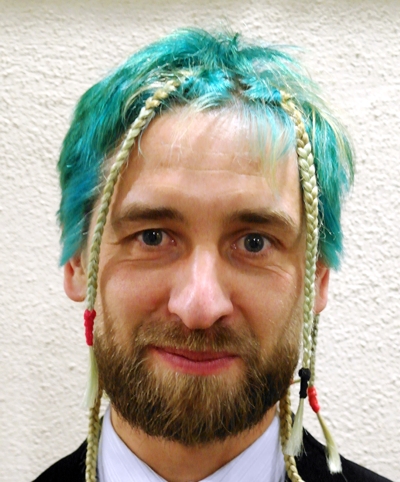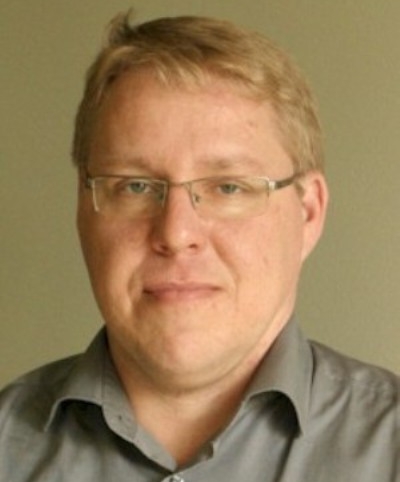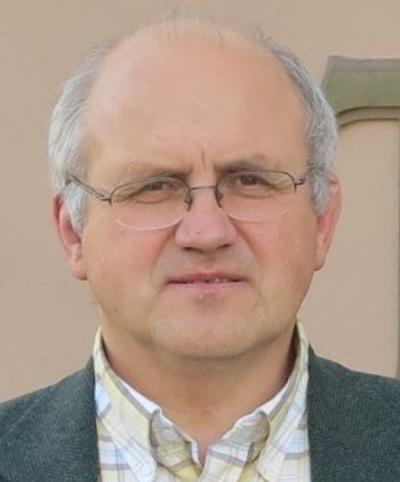Course Schedule
PhD Course September 2019
Biomarkers, sensors and physiology (3 ECTS)
Estonian University of Life Sciences
24 - 27th of September 2019 Tartu, Estonia
Day 1 - Tuesday
8:15 – 8:30 Registration
8:30 – 9:00 Introduction to the course and lecturers. Introduction of the PhD students.
9:00 – 10:15 What makes a biomarker a good one? (M. Hostens, Ghent University)
10:15 – 10:30 Coffee
10:30 – 12:00 Biomarkers and sensors used in livestock (M. Hostens, Ghent University)
12:00 – 13:00 Lunch
13:00 – 15:00 Biomarkers in the physiology of transition dairy cows (J. Gross, VETSUISSE)
This lecture will show principles of dairy cow physiology from late gestation to early lactation, the endocrine and metabolic adaptation of various tissues to lactation with focus on glucose, lipomobilization, ketone bodies, insulin, glucagon, thyroid hormones etc.
15:00 – 15:30 Coffee
15:30 – 17.30 PhD students’ presentations and discussion.
Day 2 - Wednesday
8:30 – 9:00 Introduction to group assignment
9:00 – 10:15 Biomarkers in blood, milk, saliva and urine of dairy cows exposed to metabolic and physiological stressors (J. Gross, VETSUISSE)
Focus on negative energy balance, ACTH challenges, cortisol, creatinine, urea in different compartments under various feeding conditions.
10:15 – 10:30 Coffee
10:30 – 12:00 Biomarkers and indicators related to fertility (A. Valdmann, Estonian University of Life Sciences)
12:00 – 13:00 Lunch
13:00 – 15:00 Biomarkers related to disease (T. Orro, Estonian University of Life Sciences)
The early protection mechanism of the host against infection, trauma or other tissue damage comprises a set of reactions known as the acute phase response or inflammatory response. During this inflammatory response, circulating concentrations of acute phase proteins change do to the increased hepatic production and these proteins can serve as indictors of host response during various inflammatory conditions (diseases). In response to the tissue damage these proteins also are produced locally and they serve as markers of disease also in other body fluids (e.g. milk, saliva, meat juice). In this presentation use of acute proteins as markers of disease in production animals are introduced and discussed.
15:00 – 15:30 Coffee
15:30 – 17:30 Livestock Production in Estonia (Marko Kass Estonian University of Life Sciences)
17:30 – … Group work
Day 3 - Thursday
8:30 – 10:15 Data interpretation in Animal Science (T. Kaart, Estonian University of Life Sciences)
Nowadays, complex world full of data it is necessary to be familiar with very wide range of data analysis (data science) methods and be able to interpret the results correctly and present attractively. Lecture some alternative ways to study and present the results of classical analyses such as the t-test and correlation analysis will be introduced. In addition, the estimation of results’ accuracy and models goodness of fit will be considered as well the opportunities and dangers of nowadays data mining and machine-learning algorithms will be discussed.
10:15 – 10:30 Coffee.
10:30 – 12.00 Infrared tools and markers for phenotypic traits (M. De Marchi, University of Padova)
Infrared technologies represent one of the most relevant tools for dairy and beef industries; this technology allows the prediction of many traditional and innovative markers useful both for phenotypic and genetic studies. The lectures will explain the recent applications of infrared technologies both in dairy and beef industries for the improvement of technological and human health-related traits. Some in the field application of innovative predicted traits will be presented.
12:00 – 13:00 Lunch
13:00 – 14:30 Infrared tools and markers for phenotypic traits (Massimo De Marchi, Anna Benedet, University of Padova)
14:30 – 17.30 Visiting of the dairy farm near Tartu
19:00 – Dinner of the course
Day 4 - Friday
8:30 – 9:15 Students’ presentations of homework
9:15 – 10:15 On-farm and on-line milk composition and quality monitoring with NIR technology (Ben Aernouts, KU Leuven)
Milk contains valuable information on the metabolic and nutritional status of dairy cows. Therefore, regular analysis of the produced milk is an efficient way to monitor cow health and welfare. Nowadays, farms participating in the Dairy Herd Improvement program collect information on the basic milk components of individual cows on a regular basis. However, as samples are taken on the farm and analyzed in the lab, this procedure requires well-organized sample logistics and involves significant analysis costs. Accordingly, it is repeated only ones every 4 to 6 weeks, which is insufficient as a basis for accurate individual cow health monitoring and management. Frequent milk analysis is only feasible if it is performed on the farm with a minimal investment of labour and resources. Different studies, both in the lab and on the farm, indicated that near-infrared (NIR) spectroscopy holds the potential for rapid, non-destructive and on-line analysis of the raw milk composition. This lecture will focus on the design, development, practical implementation, calibration and validation of a NIR sensor for on-farm milk quality monitoring.
10:15 – 10:40 Coffee.
10:40 – 12:15 MIR transmittance of milk (DHI) to quantify the NEFA concentration in the blood serum (Ben Aernouts, KU Leuven)
Dairy Herd Improvement and Milk Recording programs form the basis for improved genetics, nutrition and management of dairy cows. The analysis of the milk at individual cow level is typically performed with mid-infrared spectroscopy, a technique that provides insight into the quantity of the specific molecular bonds present in the milk. Next to the basic milk components, like total fat, protein, lactose and urea, it can also be used to identify specific biomarkers like milk fatty acids and ketone bodies. New calibration models for predicting these biomarkers can be applied to billions of historical milk MIR spectra, revealing detailed information on the resilience of these cows. This could potentially result in improved estimations of breeding values and the identification of specific genetic markers for resilience. This lecture will focus on the development and evaluation of a calibration model to predict the NEFA concentration in the blood of individual cows from MIR spectra of milk samples taken on the same day.
12:15 – 13:00 Lunch.
13:00 – 13:15 Course evaluation and closing remarks
Lecturers

Ghent University

University of Padova

University of Bern

Estonian University of Life Sciences

Estonian University of Life Sciences

Estonian University of Life Sciences

KU Leuven
